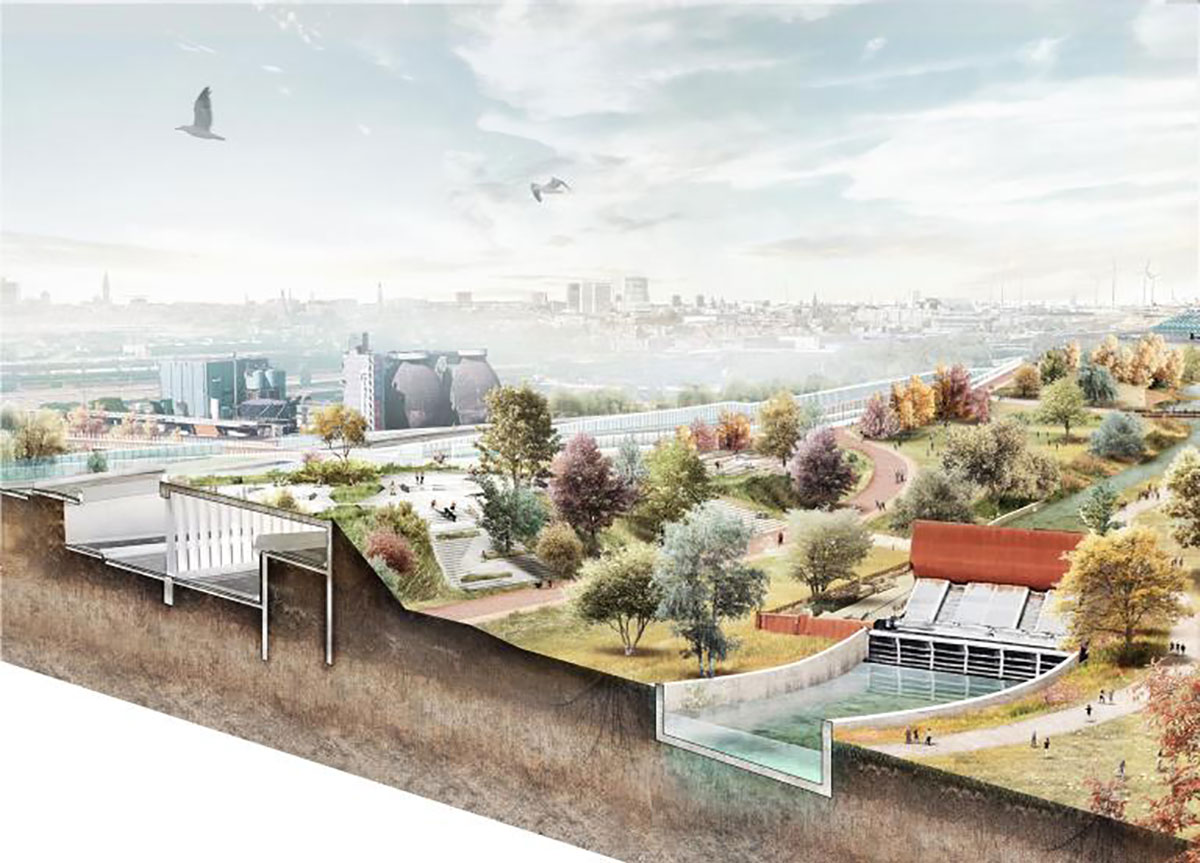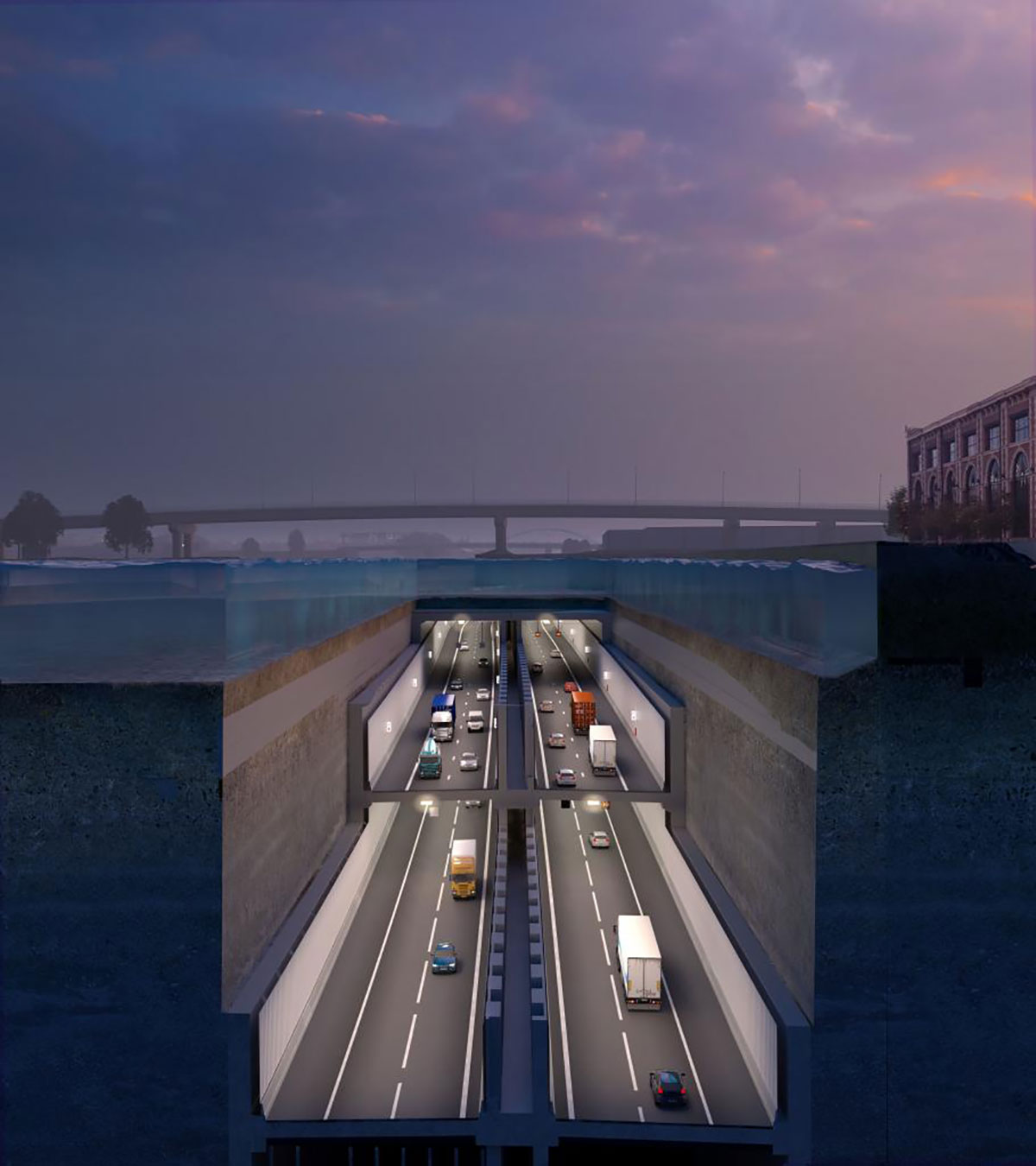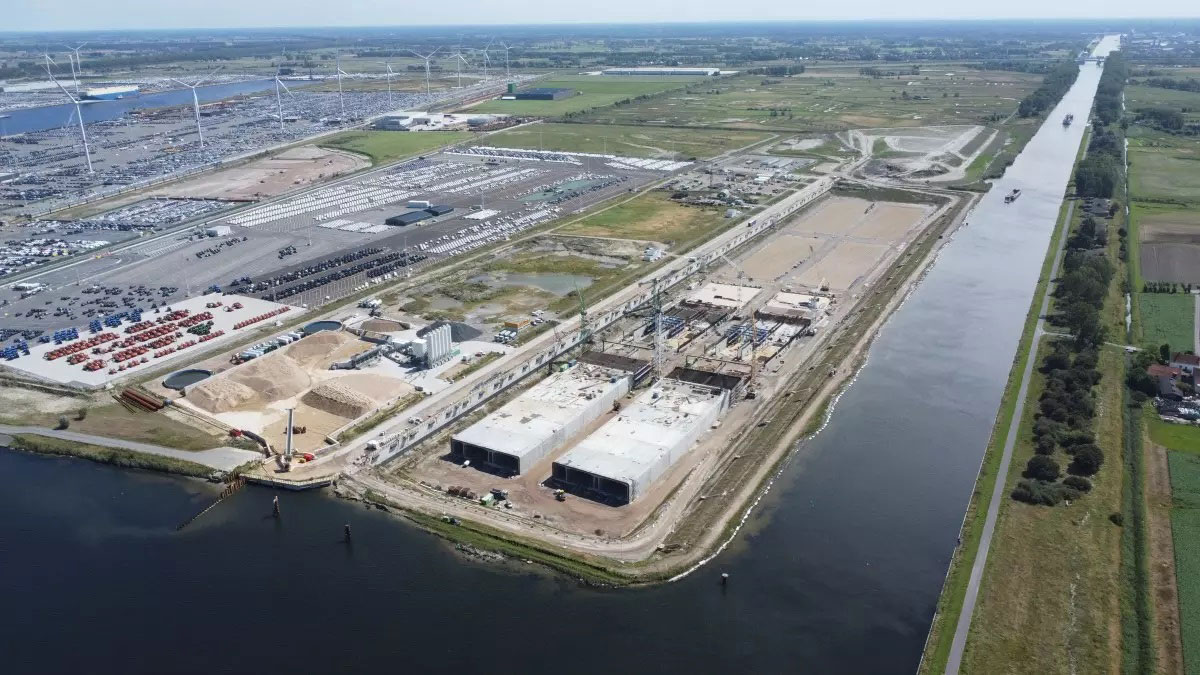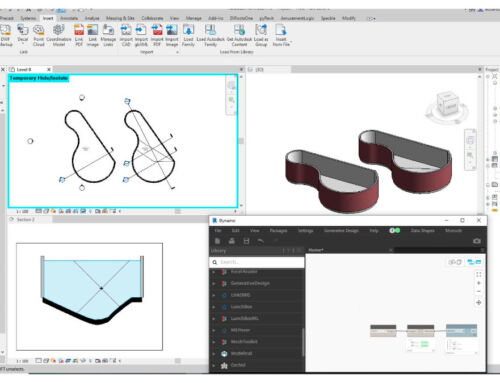The city of Antwerp in northern Belgium straddles both banks of the Scheldt River, just 15 km south of the Dutch border and 40 km north of Brussels. The country’s second largest city with just over 500,000 inhabitants, its link to the North Sea via the Scheldt estuary has made it one of the largest ports in the world and the second largest in Europe after Rotterdam. One of the city’s most important economic activities is diamond cutting, of which it is a world centre.
With such a huge port and a population of 1.2 million with its metropolitan area, it is easy to imagine the enormous amount of road traffic on Antwerp’s roads, highways and byways. However, this heavy traffic does not have a ring road around the city, mainly due to the impediment of the numerous canals and the Scheldt river itself, which stands in the way in the north. At least, that has been the case until now, because in February 2018 construction began on a huge infrastructure to overcome this impediment. This is the Oosterweel ring, which will be opened to traffic in stages, until it is completed in 2030.

Well, one of the sections of this ring is occupied by a truly spectacular engineering project: the tunnel under the river Scheldt. “By far the largest and most ambitious project managed by Lantis,” says the public limited company, created by the Flemish government, which carries out and manages mobility and engineering projects of regional importance, including the Oosterweel. The tunnel under the river Scheldt, 1.8 km long, with three lanes in each direction and a separate lane dedicated exclusively to cyclists, is “a feat never seen before”. But why?

60,000 tonnes is the weight of each of the 8 sections currently being built, by the prefabrication method, on a quay in the port of the Belgian town of Zeebrugge, about 100 km west of Antwerp, on the North Sea. When completed, the ends of each of these sections will be sealed so that they are watertight and therefore ensure their buoyancy. Subsequently, the quay where they are currently being built will be flooded and, towed by two tugboats, they will be transported by sea, and through the waters of the Scheldt estuary, to their final location.

Once in position, the sections will be alternately submerged until they are deposited in a previously dredged trench in the river bed. At the same time, the end sections will be joined to the sections waiting on the ground, transitional to the surface, built to exactly the same dimensions. After they have all been joined together, the water will be drained from the contact joints between the 8 sections and the end sections and, finally, the floodgates that had served to make them watertight up to that point will be removed. As if the complexity of this whole procedure were not enough, it should be added that the route of the tunnel under the Scheldt river is not straight, but runs with a slight curve.

As Besix, the company awarded the contract and a member of the consortium of companies building this section of the Oosterweel ring, states, the “immersed tube” technique, a procedure in which gravity and the force of water push against each other, “is one of the most ingenious building methods in concrete and hydraulic construction”. We could not agree more. We can only add that it is a costly construction method, requiring an investment of €570 million (of the €7 billion total cost of the entire Oosterweel ring).

If you are curious, more information is available thanks to the work of the colleagues at The B1M, through this VIDEO.
Sources: Lantis, Besix, Oosterweel verbinding, Road Traffic Technology, Wikipedia.
Images: Lantis and Besix.






